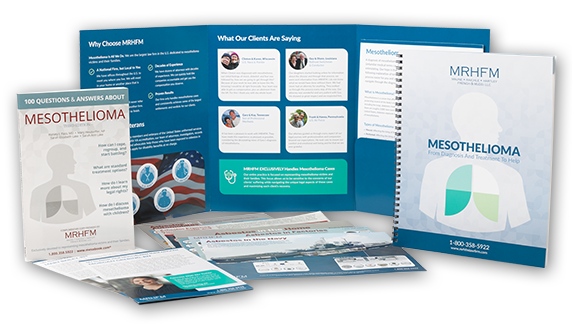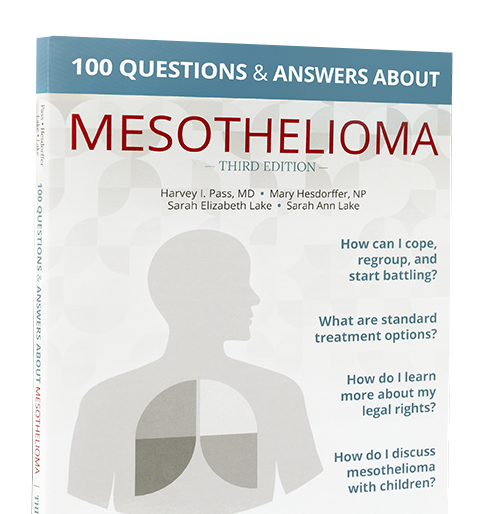Asbestos hasn’t been mined in the U.S. for decades, yet more than 350 metric tons of the mineral was used across the country in 2015. The reason is it is still legal to import asbestos into the U.S. to produce chemicals used in manufacturing certain products. Soaps, alkaline batteries, and fertilizers are just a few. Another reason is it is still legal to import, manufacture, process, and distribute a number of asbestos-containing products used in the construction and automotive industries. Vinyl floor tile, disk brake pads, cement shingle and clutch facings are just a few.
The Environmental Protection Agency (EPA) even lists “clothing,” as an example of “asbestos-containing products not banned” and it gets worse. Because asbestos use was so extensive for so many years, it still remains in many buildings and homes built before the 1980s. If these buildings begin to deteriorate or if they are demolished or being rehabbed, asbestos fibers can break free and enter the air. This means, people may be breathing asbestos fibers in their homes, in the workplace, at school, or just about anywhere in their community—and not even know it.
“If products containing asbestos are disturbed,” says the National Cancer Institute (NCI), “tiny asbestos fibers are released into the air.” When asbestos fibers are breathed in, “they may get trapped in the lungs and remain there for a long time. Over time, these fibers can accumulate and cause scarring and inflammation, which can affect breathing and lead to serious health problems.” One of the biggest is malignant mesothelioma—an aggressive form of cancer that often leads to death.
“Even after decades of regulation” says the Centers for Disease Control (CDC), “between 1999 and 2015 there were 45,221 mesothelioma deaths in the U.S. The majority of those who died were men.” The agency notes that though the greatest increase in mesothelioma deaths was among people over 85 years old, people younger than 55 are still dying of the disease. One reason, investigators say, is “workers are still being exposed to dangerous levels of asbestos.” And exposure seems to be worse in some states over others.
Currently, Maine, Washington State, Alaska, Oregon, Montana, North Dakota, Wyoming, Minnesota, Wisconsin, Louisiana, West Virginia, Virginia, Pennsylvania, Virginia, New Jersey, Delaware, Massachusetts, Rhode Island, and New Hampshire have the highest mesothelioma death rates. However, “the overall number of deaths is nationally concerning,” says NPR. In Malignant Mesothelioma Mortality — United States, 1999–2015 CDC analysts wrote, “the continuing occurrence of malignant mesothelioma deaths underscores the need for maintaining asbestos exposure prevention efforts and for ongoing surveillance."
Though the asbestos market is still active in the U.S., many say they do see progress towards an all-out ban. In 2016, former President Barack Obama signed an update to the federal Toxic Substances Control Act (TSCA) into law. The update finally gave the EPA authority to ban asbestos use and importation. “The agency is moving full steam ahead,” said the Environmental Working Group (EWG) last November. However, Scott Pruitt, the new EPA head, has anti-asbestos advocates worried. The administrator has been quoted as saying he still isn’t “convinced” of the dangers of asbestos.
If you have been exposed to asbestos, see your doctor right away. Though there is no cure for mesothelioma, early detection could increase treatment options and improve outcomes.
Sources
Ambroz, Jillian S. "Just When You Thought Asbestos Was Going Away Forever." DCReport.org. DCReport, n.d. Web. 27 Sept. 2017.
"Asbestos Exposure and Cancer Risk." National Cancer Institute (NCI). U.S. Department of Health and Human Services, National Institutes of Health (NIH), n.d. Web. 27 Sept. 2017.
"EPA Names First Chemicals for Review Under New TSCA Legislation." EPA. Environmental Protection Agency (EPA), 29 Nov. 2016. Web. 27 Sept. 2017.
Formulzs, Alex. "EPA Nominee Pruitt Refused to Promise Asbestos Ban." EWG. Environmental Working Group (EWG), 31 Jan. 2017. Web. 20 Sept. 2017.
Hersher, Rebecca. "Asbestos Deaths Remain A Public Health Concern, CDC Finds." NPR. NPR: National Public Radio, 11 Apr. 2017. Web. 27 Sept. 2017.
Jimison, Robert. "Asbestos Exposure Is Still Making People Sick." CNN. Cable News Network. Turner Broadcasting System, Inc., 03 Mar. 2017. Web. 20 Sept. 2017.
"Malignant Mesothelioma." American Cancer Society. American Cancer Society, Inc., 2017. Web. 27 Sept. 2017.
"Malignant Mesothelioma Mortality — United States, 1999–2015." Centers for Disease Control and Prevention (CDC) - Morbidity and Mortality Weekly Report (MMWR). Centers for Disease Control and Prevention (CDC), 01 Aug. 2017. Web. 27 Sept. 2017.
"Mesothelioma Symptoms." Mayo Clinic. Mayo Foundation for Medical Education and Research, 23 Oct. 2015. Web. 27 Sept. 2017.
"Morbidity and Mortality Weekly Report (MMWR)." Centers for Disease Control and Prevention. Centers for Disease Control and Prevention, 01 Aug. 2017. Web. 27 Sept. 2017.
"U.S. Federal Bans on Asbestos." Environmental Protection Agency (EPA). United States Environmental Protection Agency (EPA), 19 Dec. 2016. Web. 18 Sept. 2017.





